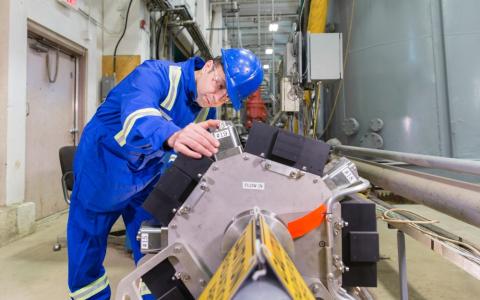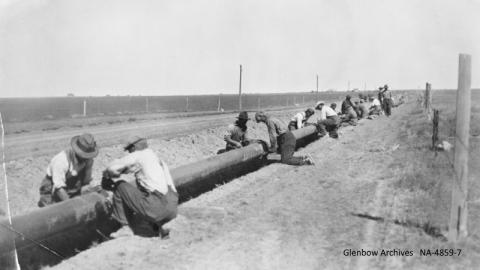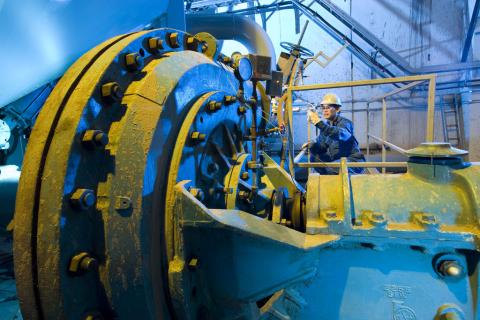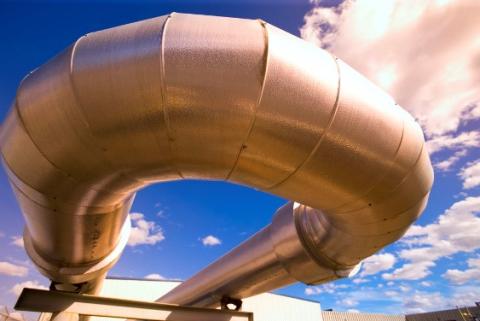Understanding what goes on inside a slurry pipeline is a complex matter. SRC's Gamma Ray Tomography unit uses multiple gamma-ray sources and sensors to produce real-time images of the density of the pipeline contents at top-notch speeds.
Oil pipelines are a transport mechanism to get a vital resource from its origin to its users. In the case of oil, it is helpful to know a bit about its origins too, in Canada and more broadly. Take a trip back in time.
When people think of pipelines, they often associate them with the oil and gas industry. But pipelines have a broader use beyond this industry, and the technology is not new. In fact, there is a long history of societies using pipelines to provide transportation to fill a variety of important needs. Learn how pipelines developed and their role in modern day living.
A new joint study by members of Canada's Oil Sands Innovation Alliance (COSIA) looks at how slurry pipelines behave while operating in laminar flow. The results of the study will lay the foundation for developing a reliable model for laminar operation of slurry pipelines that could be used to design pipelines that can effectively transport thickened tailings.
Every mining and mineral processing industry requires the transport of slurries somewhere in their process. However, slurry transport theory and design are topics not adequately covered by undergraduate engineering fluid mechanics courses.





